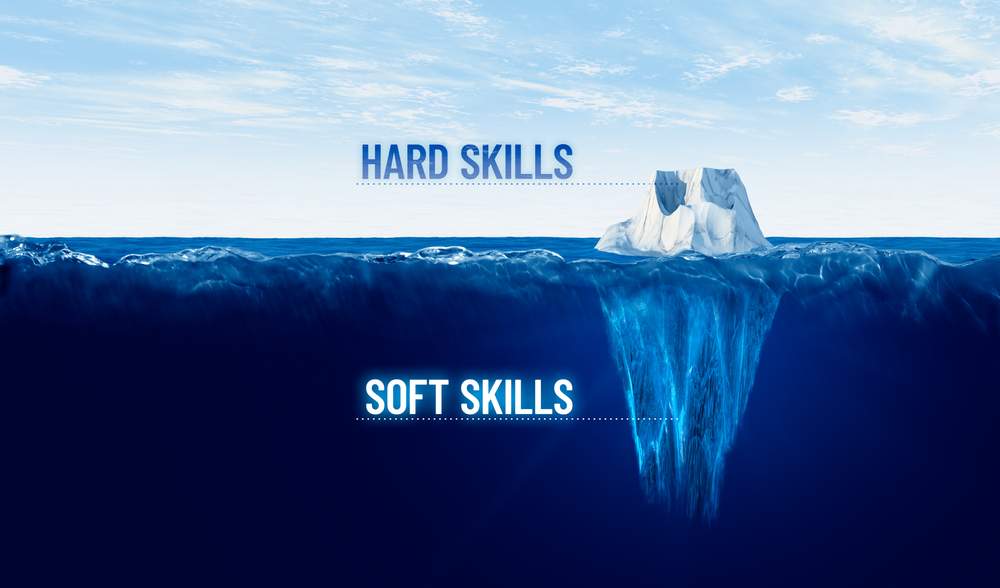Post Date: February 13, 2024

In the ever-evolving landscape of leadership, the need to balance soft and hard leadership skills has become increasingly evident. As we explore the integration of these skills, we unravel the nuanced dance between the interpersonal, emotional attributes (soft) and the technical, task-oriented competencies (hard). This article aims to shed light on the importance of striking the right balance between these two facets for optimal leadership effectiveness.

Understanding Soft and Hard Leadership Skills
Definition:
Soft leadership skills encompass the interpersonal, people-focused qualities, such as communication, empathy, and adaptability. On the other hand, hard leadership skills involve technical and task-oriented competencies, including decision-making, strategic thinking, and project management.
Importance of Both Skills:
Leaders need a harmonious blend of soft and hard skills to navigate the complexities of modern leadership successfully. While hard skills drive results and achievement, soft skills build relationships and foster a positive team culture.
Soft Leadership Skills
Communication:
Effective leaders communicate with clarity and empathy. This involves active listening, clear articulation of ideas, and the ability to tailor communication to the needs of different team members.
Emotional Intelligence:
Leaders with high emotional intelligence understand and manage their emotions and those of their team. This skill fosters a supportive and empathetic work environment.
Adaptability and Flexibility:
In dynamic work environments, leaders must possess the soft skills of adaptability and flexibility. Being open to change and resilient in the face of challenges is crucial for maintaining team morale.
Hard Leadership Skills
Decision-Making:
Leadership often requires making tough decisions. Effective leaders excel in decision-making, considering both short-term and long-term consequences and ensuring alignment with organizational goals.
Technical Competence:
Technical competence is the foundation of hard leadership skills. Leaders must have a deep understanding of their industry, field, or domain to make informed decisions and guide their teams effectively.
Project Management:
Leadership involves overseeing projects and tasks. Strong project management skills ensure that leaders can plan, execute, and monitor initiatives efficiently.
The Integration Process
Recognizing Synergies:
Leaders should recognize that soft and hard skills are not mutually exclusive but rather complementary. The ability to blend effective communication with strategic thinking creates a powerful leadership synergy.
Developing a Holistic Leadership Approach:
Holistic leadership involves actively developing both soft and hard skills concurrently. Leaders must seek growth opportunities in areas where they may be lacking to create a more comprehensive skill set.
Navigating Challenges in Balancing Skills
Common Challenges:
Leaders may face challenges such as time constraints, resistance to change, or difficulty in prioritizing between soft and hard skills.
Strategies for Overcoming Challenges:
Overcoming these challenges requires a commitment to continuous learning and development. Time management strategies, change management techniques, and prioritization skills can help leaders navigate these challenges successfully.

Conclusion:
In conclusion, the integration of soft and hard leadership skills is not a choice but a necessity in the modern leadership landscape. Striking the right balance empowers leaders to build strong relationships, make informed decisions, and drive organizational success.
Reflect and Share: Reflect on your own leadership style and share insights on how you balance soft and hard skills.
Explore Further Resources: Consider exploring books, courses, or workshops to enhance your leadership skills holistically.





